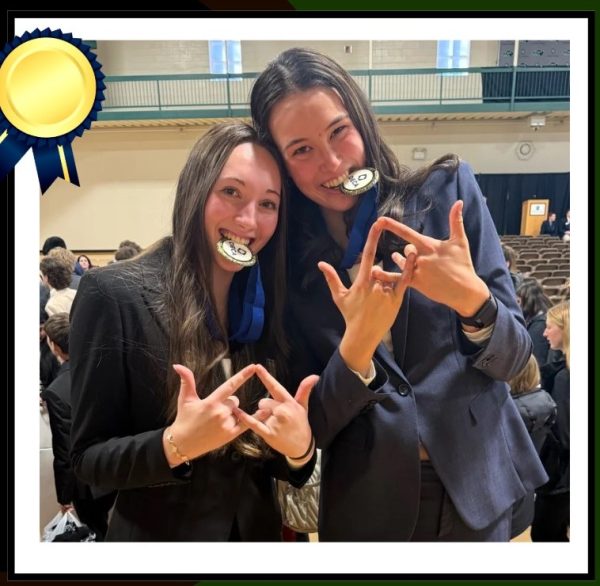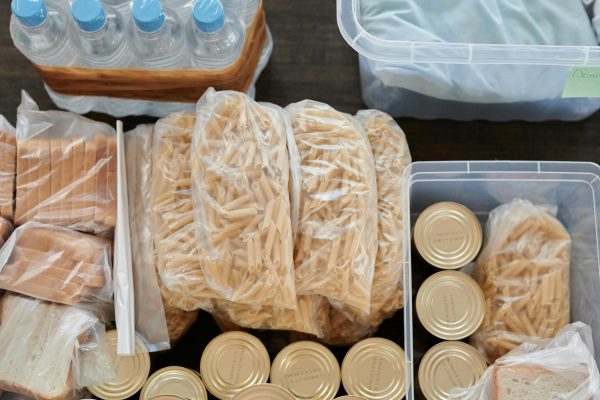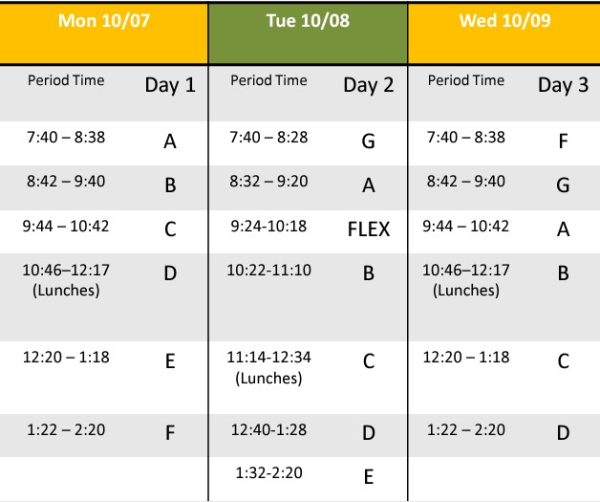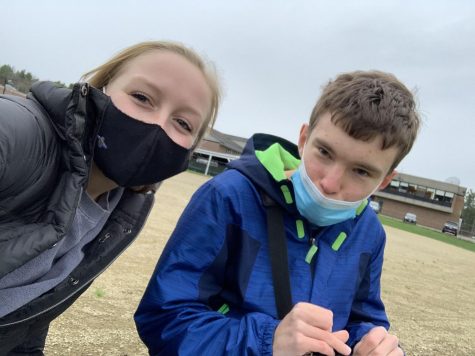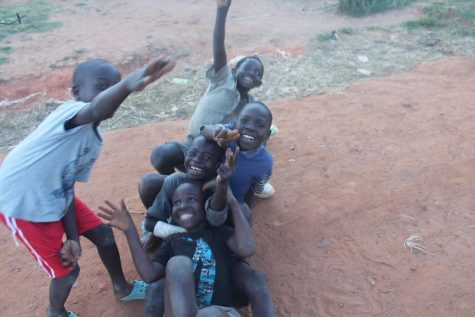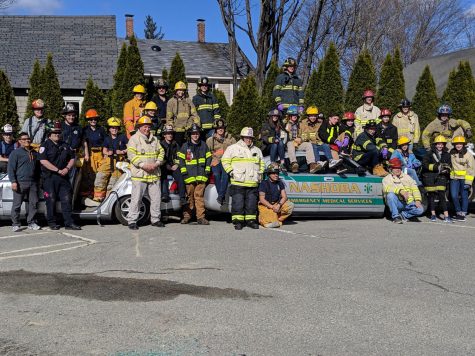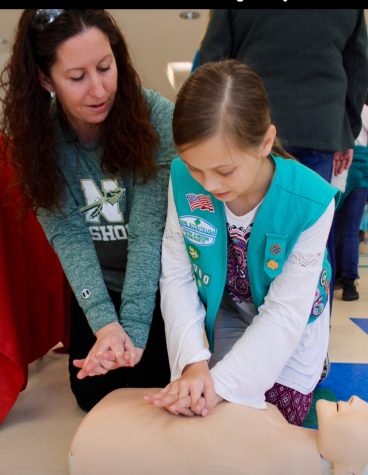Katherine goes for the Gold
Nashoba Girl Scout spreads awareness for the Nipmuc Tribe
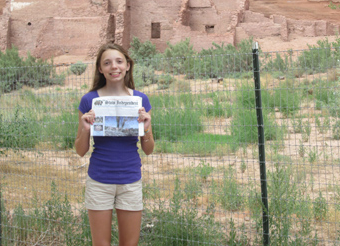
Katherine visiting the Navajo reservation in 2014
Katherine Hamilton is on her way to changing the community she lives in, and it all started in kindergarten when her mom signed her up for Stow Girl Scouts. Now, she’s about to earn her Gold Award, and she will be only the second person in Stow to have completed the project to receive the Gold Award, and the first to achieve her Bronze, Silver, AND Gold Award.
A Girl Scout’s Gold Award is an eighty-hour service project to benefit the community while building leadership skills for high school girl scouts.
Throughout her life, Katherine has traveled across the U.S on family road trips, and she has seen the Native American Reservations, where poverty and hardships are widespread. Experiencing this inspired her to dedicate her Gold Award to working with the Navajo Reservation in Arizona and New Mexico. During her sophomore year, she set up a pen-pal program between Stow and Navajo fourth graders, which was an eye-opening experience for both Katherine and the kids. The project led Katherine to discover that most children and adults are unaware of modern-day Native American culture.
When Katherine officially presented her project plans to the Navajo counsel, they rejected it due to bad past experiences, and Katherine was forced back to square one. However, with more research, she discovered a tribe right in Central Massachusetts.
The Nipmucs are a tribe of more than 500 people located in Grafton, and they are one of only two tribes in Massachusetts. Over the past two years, Katherine has worked to interview tribe members and put together an oral history video. In the process, she has visited the tribe many times and was a guest at the Strawberry Moon Festival and at a traditional powwow.
Now that her video is finished and her Gold Award is ready to be evaluated, she’s using it to help the Nipmucs by presenting their story to the Grafton Historical Society. In the Grafton Museum, there is not a single mention of the Nipmuc tribe, despite the fact that the town of Grafton is on Nipmuc land. The Nipmucs have their own museum, but many of the artifacts have become damaged because they haven’t been properly preserved.
“I am hoping my presentation will persuade the historical society to assist the Nipmucs with the time, knowledge, and resources necessary to aid the proper preservation of their artifacts,” Katherine says.
In recent years, mascots like the Nashoba Chieftain have inspired controversy. After working extensively with Native Americans, Katherine has a strong opinion on the subject: “I think that having a Native American as the mascot for anything is dehumanizing to a large population of people. While the Chieftains might not be the most flagrant example of racism among mascots, it still represents a human being in the place of an animal or object. Having the Chieftains as the mascot is unnecessary. There are many examples of these mascots and the Chieftains really just feed the fire. For example, the symbol for the Cleveland Indians resembles extremely racist portrayals of other races, like the Sambo, and, for some reason, no one cares.”
Katherine’s opinion on such a controversial topic speaks to her dedication to helping the Nipmucs however she can. For some people, a Gold Award might just be something else to add to a college application, but for Katherine, it is a testament to her dedication to helping others and promoting justice in the world.


